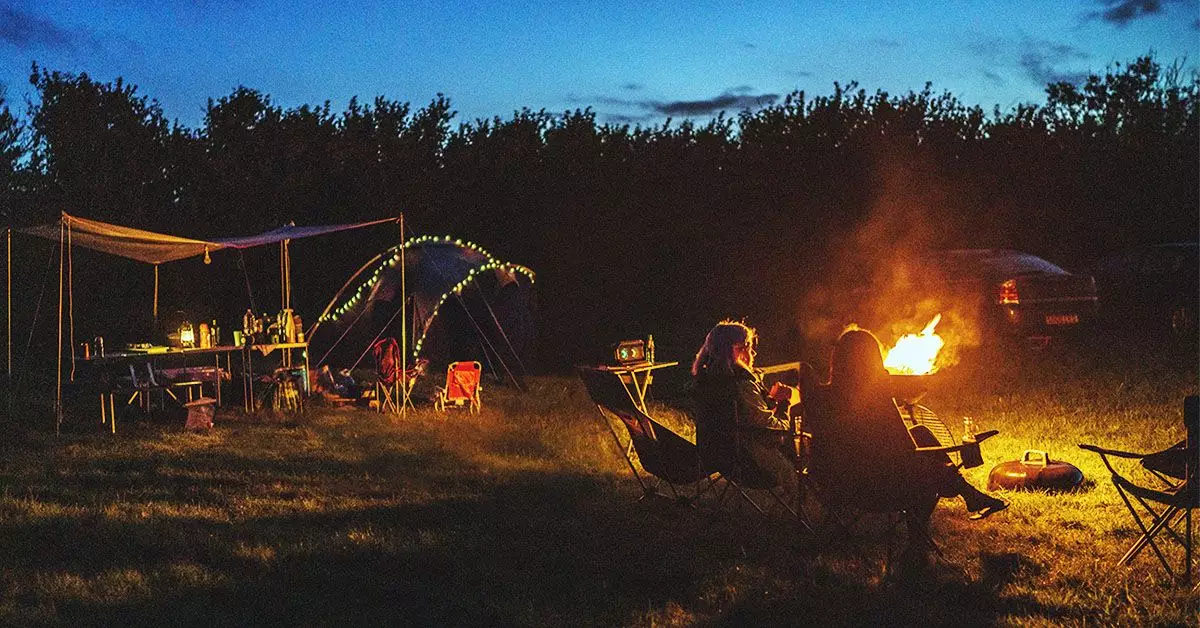When we think of camping, camaraderie around a flickering campfire often comes to mind. However, amid the warmth and glow of the flames, there are potential health risks that many may overlook. Particularly concerning is the relationship between campfires and skin cancer. Though research on this topic remains sparse, it invites scrutiny into how harmless recreational activities might harbor significant health hazards.
The National Oceanic and Atmospheric Administration (NOAA) sheds light on campfire radiation, explaining that heat emitted from these fires primarily travels through infrared radiation. Unlike the direct sunlight we are commonly warned against, this type of radiation could also have adverse effects on the skin. The pressing question, however, remains unanswered: how much exposure is required for this radiation to inflict harm? Since campfires can be a frequent activity for many, users should be aware of even minimal exposure over extended periods, as it can potentially trigger detrimental skin reactions.
One notable condition that can arise from recurrent heat exposure is erythema ab igne, popularly known as “toasted skin syndrome.” This condition manifests as rashes due to repeated encounters with infrared radiation or intense heat, typically over an extended duration. Although this skin reaction is generally benign, the danger escalates with continued exposure. Ultimately, it could lead to complicated skin conditions, including premalignant or malignant lesions. Thus, enjoying evenings beside a campfire every season without caution can have underlying consequences.
The harmful effects of campfires extend beyond just infrared radiation. When one suffers thermal burns—whether from a campfire or any other heat source—the risks associated with skin cancer increase. Evidence suggests that wounds left to heal naturally (rather than being stitched) may develop scars susceptible to various skin cancers later on. This highlights the necessity for immediate medical consultation whenever a burn occurs, in order to mitigate the risks of future skin complications.
Fires and Cancer Research Among Firefighters
While casual campfire use poses risks, it is the occupational hazards that firefighters face that have garnered more research. The American Cancer Society indicates that while there is insufficient evidence linking firefighting to skin cancer specifically, conditions like bladder cancer and mesothelioma have documented associations with this profession. The repeated exposure to heat and hazardous substances may lead to severe health outcomes, emphasizing the need for vigilance in both professional and recreational scenarios.
While campfires evoke joy and togetherness, it’s essential to remain cognizant of their hidden dangers. The limited understanding of the correlation between campfire exposure and skin cancer points to a need for further research. If any concerns arise—be it regarding skin injuries or potential skin cancer symptoms—it’s crucial to consult a healthcare professional. By embracing knowledge and precaution, we can continue to enjoy the warmth of campfires while prioritizing our skin health.

